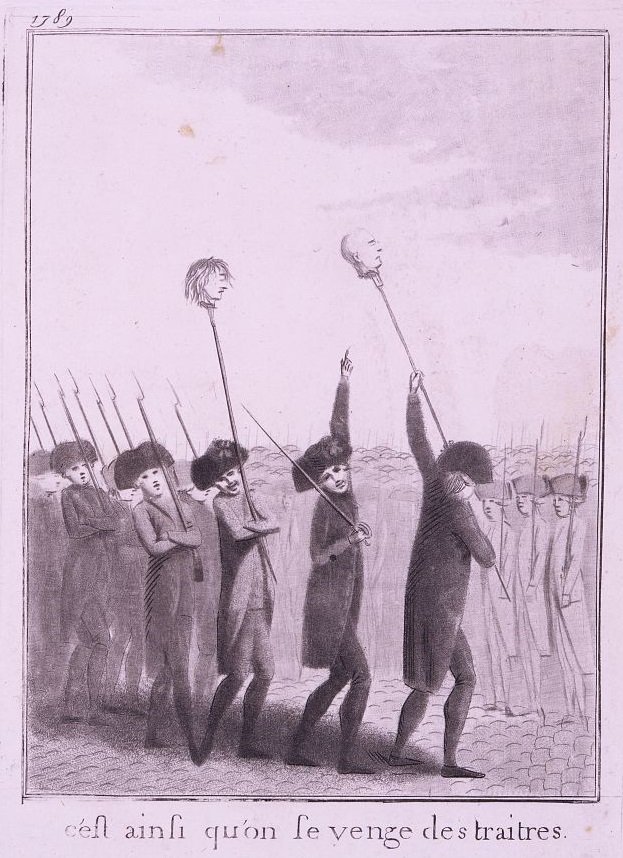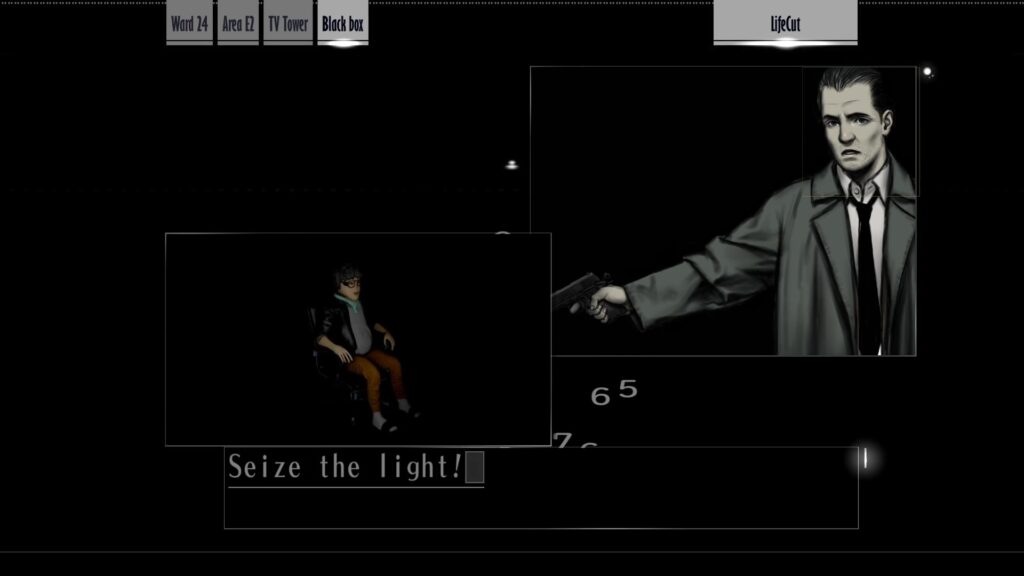
The savior Kamui occupies the ambiguous spot between “the people,” as in the case of Tokio and Uehara, and a “rampaging mob,” as in the case of Ayame or Furuya and Nakama. The revolutionary violence Graeber describes as dialectically giving rise to laws is an example of the creative destruction. This power can be misused and misdirected, as in the case of Furuya and Nakama or of the serial Shimohira Ayame herself, but also liberating and inspiring. Kamui both arises from and destroys institutions of power to generate a new order. Would that new order eventually demand its own Kamui in a kind of eternal rebellion like Camus espoused?
Fanon’s concern was not the class-based violence of Kamui but the violence in the context of wars of liberation against colonial powers, and very real wars at that. Hopefully I do not disrespect this matter by considering the similarity of the nearly religious praise of transformative violence in The Wretched of the Earth to that I perceive here. Fanon describes the stress of constant oppression as causing literal muscular tension that can only impulsive violence—or, in a very old-fashioned Marxist perspective, participating in deceptive religion, festivals, and magic—can relieve (17).
In ignorance, the people may initially enact this violence against fellow oppressed people. In wars of liberation, however, more politically aware people can instead productively direct the relief of this tension against the powerful, a process Fanon at one point characterizes as “[enlightenment] by violence” (52). “This violent praxis is totalizing since each individual represents a violent link in the great chain, in the almighty body of violence rearing up in reaction to the primary violence of the colonizer” (50). Not only the physiological and political benefits, Fanon, a psychologist, is largely concerned with the mental effect: “At the individual level, violence is a cleansing force. It rids the colonized of their inferiority complex, of their passive and despairing attitude. It emboldens them, and restores their self-confidence” (51). This conception of violence, or its cousin, may also apply to the form of transformative and liberatory violence of the savior Kamui.
But isn’t the adoration of violence Kamui represents at least a little fascy? 🤔

The next question concerns the political character of Uehara Kamui. This may seem an odd or even naïve approach to a mystical character. However, in the interpretation of The Silver Case I advance, the overall themes involve the achievement of personal and political liberation by recognizing the social injustice one has been dealt and embracing the concept of Uehara Kamui, with whom the player ultimately identifies. Both player characters are variants of Kamui. For this reason, the question of what politics Kamui is associated with is meaningful. It may suggest that the Kill the Past series jostles much closer to a fascist ethos than we may prefer to admit. Perhaps the point really is to become Maspro-pilled.